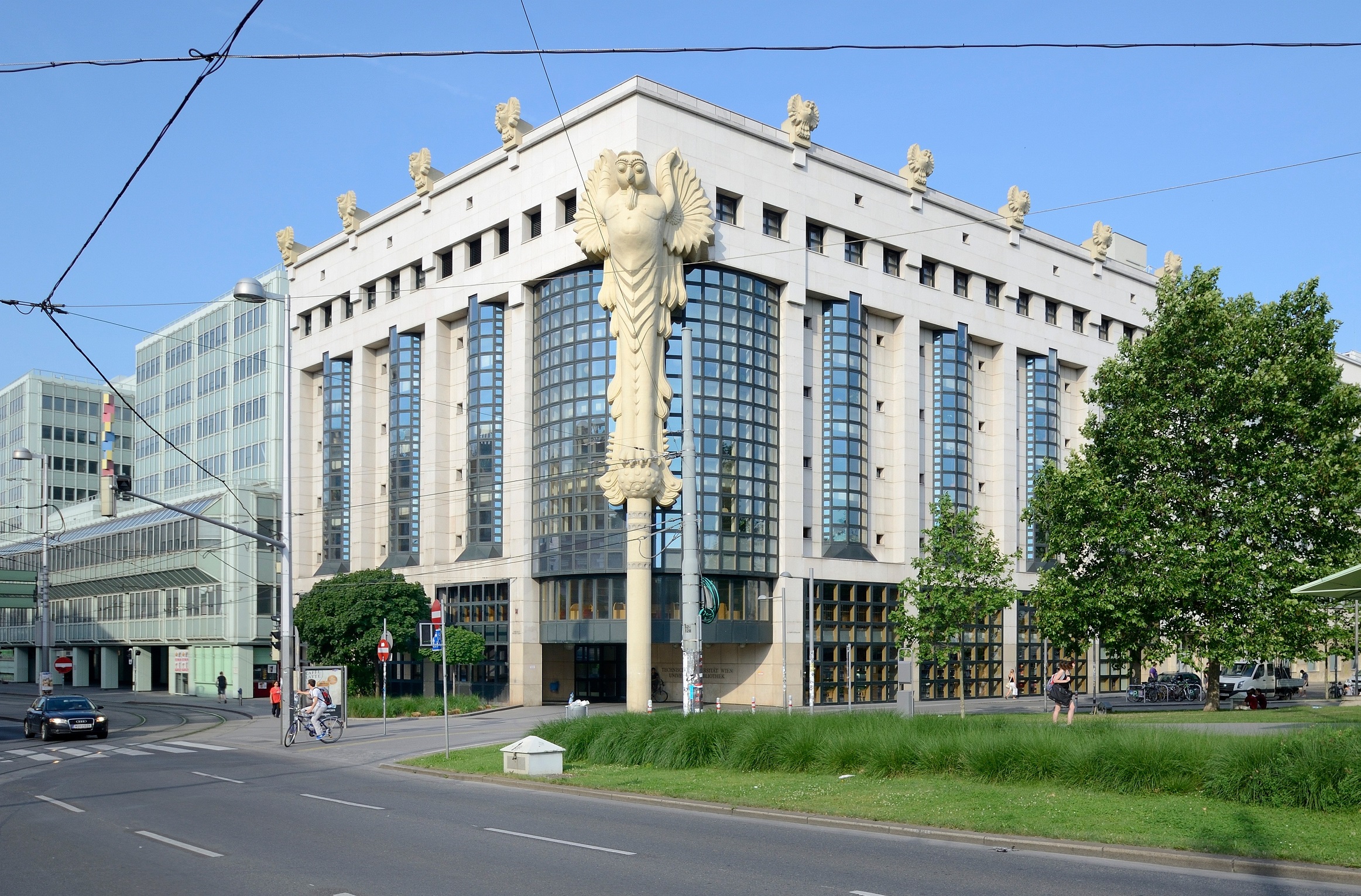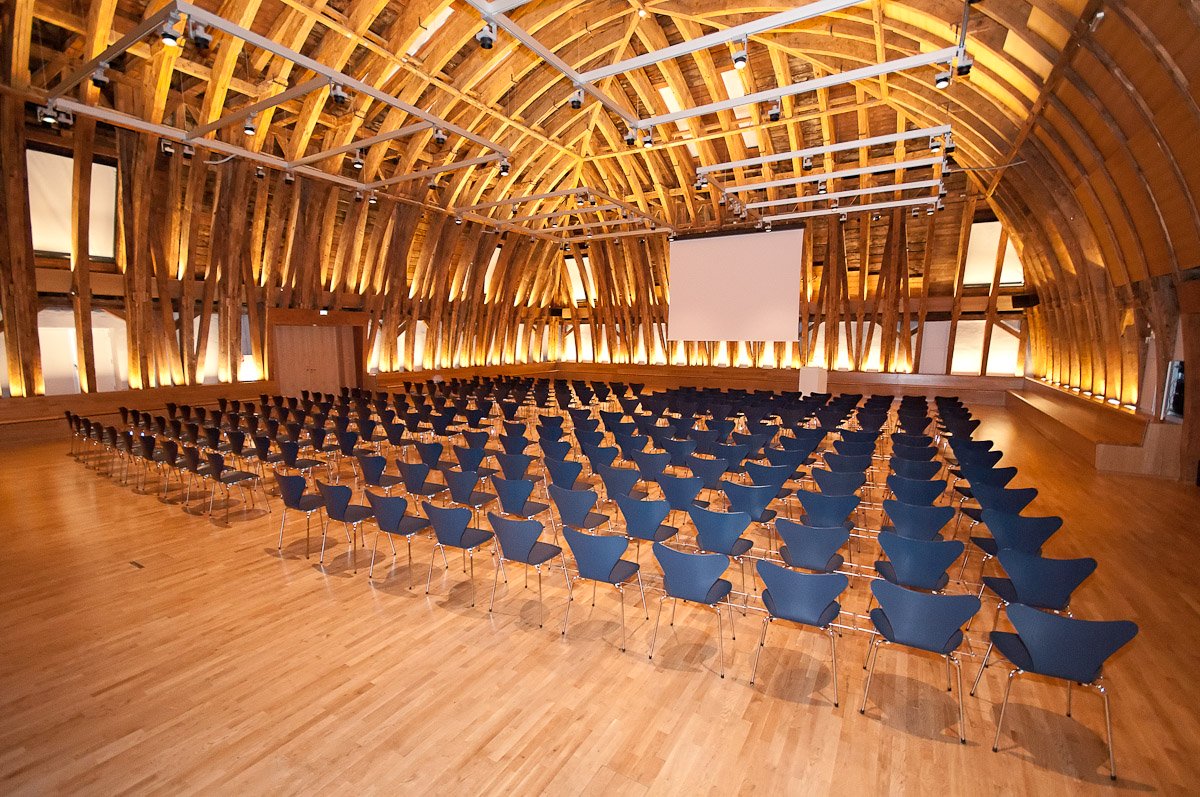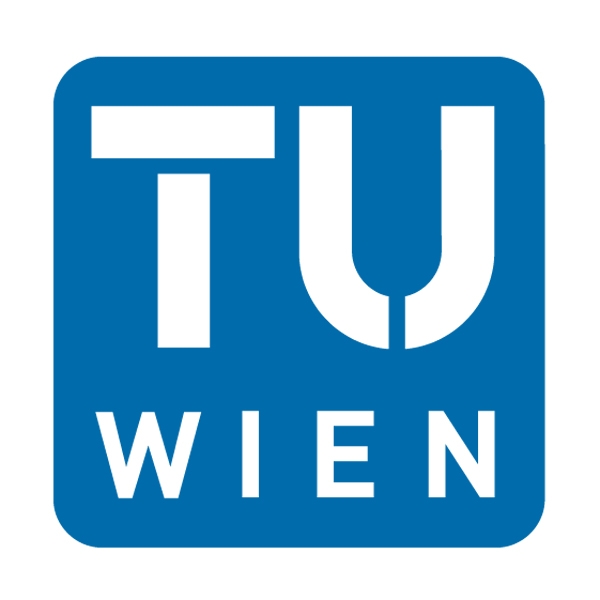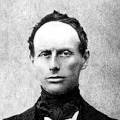



معرفی دانشگاه صنعتی وین
دانشگاه فنی وین یا دانشگاه صنعتی وین ( Technische Universität Wien) بزرگترین دانشگاه و مرکز پژوهشی کشور اتریش در رشتههای فنی و مهندسی است و در شهر وین قرار دارد. ویَن پایتخت کشور اتریش و یکی از استانهای نهگانه کشور اتریش محسوب میشود. این شهر بزرگترین شهر اتریش و نهمین شهر بزرگ در اتحادیه اروپا است.
وین پایتخت جهانی موسیقی است و در تمام جهان شهروزادگاه بسیاری از آهنگسازان و بزرگان موسیقی شناخته میشود. مدرسهها، هنرستانها و کنسرواتوارهای خصوصی موسیقی فراوانی به آموزش علاقهمندان و هنرجویان موسیقی در وین میپردازند.در وین فرهنگ کافهنشینی اهمیت بسیاری داشت و هنوز هم ادامه دارد. یکی از دلایل اهمیت زیاد کافهها این بود که همهجور آدمی به آنها میرفت، و در نتیجه حوزهها و علایق مختلف به رشد یکدیگر کمک میکردند. در واقع، مرزهای نظری که بعدها در تفکر غربی خیلی پررنگ و برجسته شدند، در آن زمان کاملاً انعطافپذیر بودند. چارلز امرسون، نویسنده کتاب «۱۹۱۳: در جستجوی جهان پیش از جنگ بزرگ» میگوید: «فرهنگ کافه نشینی، و بحث و گفتگو در کافهها هنوز هم بخش مهمی از زندگی وینی است. حلقه روشنفکران وینی نسبتاً کوچک بود و همه یکدیگر را میشناختند و این باعث میشد که تبادل ایدهها از حوزههای فرهنگی مختلف بهراحتی انجام شود.» او اضافه میکند که چنین وضعیتی برای دگراندیشان سیاسی و کسانی که از کشورشان فرار کرده بودند، مطلوب بود: «حکومت مرکزی قدرت فوقالعاده زیادی نداشت و تا حدی سهلانگار بود. اگر در اروپا بهدنبال جایی برای پنهان شدن بودید که بتوانید در آن با افراد جالب زیادی آشنا شوید، وین انتخاب مناسبی بود.»
در شهر وین که سیستم حملونقل شهری آن در اروپا نمونه است، هر کس قادر است برنامه روزانه خود را به گونهای تنظیم کند که به هر نقطه از شهر - بدون استفاده از اتومبیل شخصی- در کوتاهترین زمان ممکن دسترسی پیدا کند. رسیدن به ایستگاه مترو، اتوبوس یا تراموا کمتر از 5دقیقه وقت میخواهد و در ایستگاه نیز تابلوها نشان میدهند که وسیله نقلیه مورد نظر در چه ساعتی به ایستگاه خواهد رسید یا اتوبوس یا مترو بعدی را چه موقع باید سوار شد. در شهری که آمیزهای از قدمت تاریخی و زندگی مدرن به نمایش در آمده است، عابر پیاده نیز جایگاه مشخصی دارد که رفتوآمد عابر را در این شهر به تفریحی بهیادماندنی تبدیل میکند. دانشجویان شرقی که به سروصدای مشرقزمین خو گرفته است، تا مدتی این توهم را دارد که شنوایی خود را از دست داده است و گرنه چگونه میتوان در شهری میلیونی، هیچ صدای بوقی نشنید. در میان درختان کهن که قدمت هر کدام از آنان به صدها سال میرسد، کاخهایی که همه به گونه زیبا بازسازی شدهاند آرامش خاصی را به محیطی میدهند که عابر پیاده از آن لذت میبرد. جنگل نیز فقط چند ایستگاه با مرکز شهر فاصله دارد و نسیم آن را میتوان هر لحظه بر سیما حس کرد.
دانشگاه فنی وین در سال 1815 میلادی در ابتدا با نام انستیتو پلیتکنیک امپراتوری-پادشاهی (kaiserliches-königliches polytechnisches Institut) بنیان گذاشته شد. در سال 1872 نام آن به مدرسه عالی فنی (Technische Hochschule) تغییر یافت و در سال 1902 نخستین مدرک دکترا در آن اهدا شد. نام کنونی این دانشگاه یعنی «دانشگاه فنی وین»، از سال 1975 برای آن به کار میرود.دانشگاه فنی وین در رتبهبندی سال 2011 دانشگاههای فنی و مهندسی جهان که از سوی تایمز و کیواس منتشر شد رتبه ۸۱ را به خود اختصاص داد. هدف این دانشگاه ایجاد تکنولوژی برای افراد است.از طریق تحقیقات،برتری علمی خود را ارتقا داده و از طریق تدریس هم به صلاحیت عمومی و کلی خود ارتقا دهد.
دانشگاه فنی وین شدیدا بر دانشجویان بخش تحقیقات (تحقیقات مبتنی بر آموزش) متمرکز شده است و این افراد را در تشویق ایجاد دانشمندان جدیدبه عنوان بخشی مهم می شناسد.دانشگاه فنی وین سطح وسیعی از تحصیلات و رشته ها را از نظریه آماری تا فیزیک فنی ارائه می دهد.همچنین در این دانشگاه برنامه های تحصیلی مقطع دکترا و همچنین مجوز رسمی تدریس دردوره متوسطه نیز ارائه می گردد.دوره کارشناسی در دانشگاه فنی 6 ترم تحصیلی بوده و شامل 180 واحد درسی می باشدومقطع کارشناسی ارشد در این دانشگاه عموما در 4 ترم تحصیلی ارائه می گردد.از کارهای با زمینه توسعه و ارتقا تقریبا در تمامی زمینه های تکنولوژی در این دانشگاه استقبال می شود،ابتدا از طریق اثر متقابل بین تحقیقات اصلی و زمینه های مختلف علوم مهندسی دردانشگاه فنی وین و سپس در چارچوب پروژه های همکاری با سایر دانشگاه ها،موسسات تحقیقاتی و شرکای بخش تجاری ،دانشگاه فنی وین نمایه ی تحقیقاتی خود را به این شکل ارتقا داده که حوزه صلاحیت را معرفی و سپس مراکز همکاری میان رشته ای را راه اندازی می کند.
دانشگاه صنعتی وین دریک نگاه
|
شعار : فناوری برای مردم نوع دانشگاه : عمومی سال تاسیس : 1815 مکان : وین , اتریش |
 |
|
تعداد اعضای هیات علمی : 4,515 تعداد دانشجویان : 27,923 |
نام مستعار : TU Wien وبسایت : www.tuwien.ac.at |
رتبه بندی
| Ranking | 2017 | 2016 | 2015 | 2014 | 2013 |
| QS World University Rankings | 182 | 183 | 197 | 246 | 264 |
| QS Faculty Rankings: Engineering & Technology | 115 | 93 | 93 | 91 | 132 |
| QS Subject Rankings: Mechanical Engineering | 101-150 | 101-150 | 151-200 | 151-200 | 151-200 |
| QS Subject Rankings: Electrical Engineering | 101-150 | 101-150 | 101-150 | 51-100 | 51-100 |
| QS Subject Rankings: Civil & Structural | 101-150 | 101-150 | 101-150 | 101-150 | 101-150 |
| QS Subject Rankings: Computer Science | 51-100 | 51-100 | 51-100 | 51-100 | 51-100 |
| The Times Higher Education World University Rankings | 251-300 | 251-300 | 226-250 | 226-250 | 251-275 |
| (Academic Ranking of World Universities (World | 401-500 | 401-500 | 401-500 | 401-500 | |
| Academic Ranking of World Universities, Subject field: Computer Sciences | 101-150 | 76-100 | 76-100 |
دانشکده ها
| دانشکده معماری و برنامه ریزی | دانشکده مهندسی عمران | دانشکده برق و فناوری اطلاعات | دانشکده ریاضی و اطلاعات جغرافیایی |
| دانشکده فیزیک | دانشکده شیمی فنی | دانشکده کامپیوتر | دانشکده مهندسی مکانیک و صنعتی |
با استفاده از لینک های زیر میتوانید از شرایط و نیازمندی های برخی از مهم ترین رشته های تحصیلی دانشگاه مطلع گردید.
مدارک موردنیاز جهت اخذ پذیرش
مدرک و ریزنمرات مقطع پیشین
دارا بودن سطح قابل قبولی از زبان آلمانی (حداقل سطح B2)
رزومه
توصیه نامه
شهریه هر ترم برای دانشجویان بین المللی € 726.72 میباشد.
ددلاین
| ترم | ددلاین |
| زمستان | 5 سپتامبر |
| تابستان | 5 فوریه |
مشاهیر دانشگاه صنعتی وین
 |
_72.jpg?1504363892572) |
_75.jpg?1504363956072) |
_70.jpg?1504364019891) |
_74.jpg?1504364102690) |
| Christian Andreas Doppler was an Austrian mathematician and physicist. He is celebrated for his principle — known as the Doppler effect — that the observed frequency of a wave depends on the relative speed of the source and the observer | Gottfried Ungerboeck is an Austrian communications engineer. Ungerboeck received an electrical engineering degree from Vienna University of Technology in 1964, and a Ph.D. from the Swiss Federal Institute of Technology, Zurich, in 1970. | Heinz Zemanek was an Austrian computer pioneer who led the development, from 1954 to 1958, of one of the first complete transistorised computers on the European continent. | Richard Adolf Zsigmondy was an Austrian-Hungarian chemist. He was known for his research in colloids, for which he was awarded the Nobel Prize in chemistry in 1925. The crater Zsigmondy on the Moon is named in his honour. | ilutin Milanković was a Serbian mathematician, astronomer, climatologist, geophysicist, civil engineer and popularizer of science. Milanković gave two fundamental contributions to global science. |
_72.jpg?1504364183993) |
_70.jpg?1504364246634) |
_69.jpg?1504364324876) |
_66.jpg?1504364435210) |
_57.jpg?1504364521663) |
| Tillman Gerngross is an American scientist. He is a Professor of Bioengineering at the Thayer School of Engineering at Dartmouth College, and an Adjunct Professor in the departments of Biology and Chemistry at Dartmouth | Herman Potočnik was a Slovene rocket engineer and pioneer of cosmonautics. He is chiefly remembered for his work addressing the long-term human habitation of space. | Paul Eisler was an Austrian inventor born in Vienna. Among his innovations were the printed circuit board. In 2012, Printed Circuit Design & Fab magazine named its Hall of Fame after Eisler. | Roland Rainer was an Austrian architect. Born in Klagenfurt, Roland Rainer decided to become an architect when he was 18, so he studied at the Vienna University of Technology. His thesis was about the Karlsplatz in Vienna. | Georg Gottlob FRS is an Austrian computer scientist who works in the areas of database theory, logic, and artificial intelligence and is Professor of Informatics at the University of Oxford. |
_23.jpg?1504364594488) |
_18.jpg?1504364668710) |
_9.jpg?1504364734489) |
_7.jpg?1504364801234) |
_6.jpg?1504364929152) |
| Ferenc Krausz is a Hungarian-Austrian physicist, whose research team has generated and measured the first attosecond light pulse and used it for capturing electrons’ motion inside atoms, marking the birth of attophysics. | Ille Christine Gebeshuber (born 10 April 1969 in Bruck an der Mur, Styria) is an Austrian physicist who is specialized in nanophysics and biomimetics.lle Gebeshuber studied at the Vienna University of Technology, where she continued to work as a key researcher and lecturer. From 2009 until 2015 she was a professor at the Institute of Microengineering and Nanoelectronics (IMEN) at the National University of Malaysia (UKM). | Clemens Holzmeister was a prominent Austrian architect and stage designer of the early twentieth century. The Austrian Academy of Fine Arts listed his life's work as containing 673 projects. He was the father of Judith Holzmeister. | Richard Joseph Neutra was an Austrian-American architect. Living and building for the majority of his career in Southern California, he came to be considered among the most important modernist architects. | Monika Ludwig (born 1966 in Cologne) is an Austrian mathematician, University Professor of Convex and Discrete Geometry at the Vienna University of Technology.Ludwig won the Edmund and Rosa Hlawka Prize of the Austrian Academy of Sciences, given to an outstanding Austrian researcher in geometry of numbers or numerical analysis under the age of 30, in 1998 |